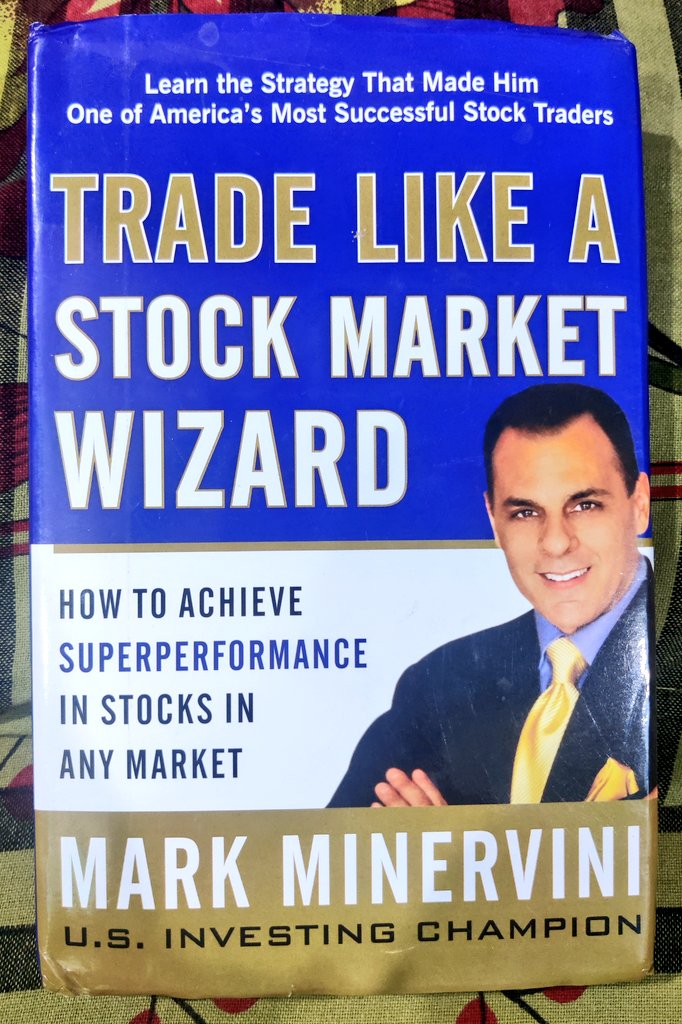#learningsbyab
𝐒𝐄𝐕𝐄𝐍 𝐆𝐎𝐋𝐃𝐄𝐍 𝐑𝐔𝐋𝐄𝐒 𝐓𝐇𝐀𝐓 𝐘𝐎𝐔 𝐌𝐔𝐒𝐓 𝐅𝐎𝐋𝐋𝐎𝐖 𝐓𝐎 𝐆𝐑𝐎𝐖 𝐅𝐑𝐎𝐌 𝐀 𝐖𝐈𝐋𝐃 𝐀𝐌𝐀𝐓𝐄𝐔𝐑 𝐓𝐑𝐀𝐃𝐄𝐑 𝐈𝐍𝐓𝐎 𝐀 𝐂𝐀𝐋𝐌 𝐏𝐑𝐎𝐅𝐄𝐒𝐒𝐈𝐎𝐍𝐀𝐋 𝐓𝐑𝐀𝐃𝐄𝐑
1/n
𝐒𝐄𝐕𝐄𝐍 𝐆𝐎𝐋𝐃𝐄𝐍 𝐑𝐔𝐋𝐄𝐒 𝐓𝐇𝐀𝐓 𝐘𝐎𝐔 𝐌𝐔𝐒𝐓 𝐅𝐎𝐋𝐋𝐎𝐖 𝐓𝐎 𝐆𝐑𝐎𝐖 𝐅𝐑𝐎𝐌 𝐀 𝐖𝐈𝐋𝐃 𝐀𝐌𝐀𝐓𝐄𝐔𝐑 𝐓𝐑𝐀𝐃𝐄𝐑 𝐈𝐍𝐓𝐎 𝐀 𝐂𝐀𝐋𝐌 𝐏𝐑𝐎𝐅𝐄𝐒𝐒𝐈𝐎𝐍𝐀𝐋 𝐓𝐑𝐀𝐃𝐄𝐑
1/n
Rule no 1.
Decide that you are in the market for the long haul--that is, you want to be a trader even 20 years from now.
2/n
Decide that you are in the market for the long haul--that is, you want to be a trader even 20 years from now.
2/n
Rule no 2.
Learn as much as you can. Read and listen to experts, but keep a degree of healthy scepticism about everything. Ask questions, and do not accept experts at their word.
3/n
Learn as much as you can. Read and listen to experts, but keep a degree of healthy scepticism about everything. Ask questions, and do not accept experts at their word.
3/n
Rule no 3.
Do not get greedy and rush to trade --take your time to learn. The markets will be there, offering more good opportunities in the months and years ahead.
4/n
Do not get greedy and rush to trade --take your time to learn. The markets will be there, offering more good opportunities in the months and years ahead.
4/n
Rule no 4.
Develop a method for analyzing the market--that is, "If A happens, then B is likely to happen." Markets have many dimensions--use several analytic methods to confirm trades. Test everything on historical data and then in the markets, using real money.
5/n
Develop a method for analyzing the market--that is, "If A happens, then B is likely to happen." Markets have many dimensions--use several analytic methods to confirm trades. Test everything on historical data and then in the markets, using real money.
5/n
Markets keep changing -- you need different tools for trading bull and bear markets and transitional periods as well as a method for telling the difference.
6/n
6/n
Rule no 5.
Develop a money management plan. Your first goal must be long-term survival; your second goal, a steady growth of capital; and your third goal, making high profits. Most traders put the third goal first and are unaware that goals 1 and 2 exist.
7/n
Develop a money management plan. Your first goal must be long-term survival; your second goal, a steady growth of capital; and your third goal, making high profits. Most traders put the third goal first and are unaware that goals 1 and 2 exist.
7/n
Rule no 6.
Be aware that a trader is the weakest link in any trading system. Go to a meeting of Anonymous Alcoholics to learn how to avoid losses or develop your own method for cutting out impulsive trades.
8/n
Be aware that a trader is the weakest link in any trading system. Go to a meeting of Anonymous Alcoholics to learn how to avoid losses or develop your own method for cutting out impulsive trades.
8/n
Rule no 7.
Winners think, feel, and act differently than loosers. You must look within yourself, strip away your illusions, and change your old ways of being, thinking, and acting.
Change is hard, but if you want to be a professional trader, you have to work on changing and
9/n
Winners think, feel, and act differently than loosers. You must look within yourself, strip away your illusions, and change your old ways of being, thinking, and acting.
Change is hard, but if you want to be a professional trader, you have to work on changing and
9/n
developing your personality.
The End
10/n
The End
10/n
• • •
Missing some Tweet in this thread? You can try to
force a refresh




































